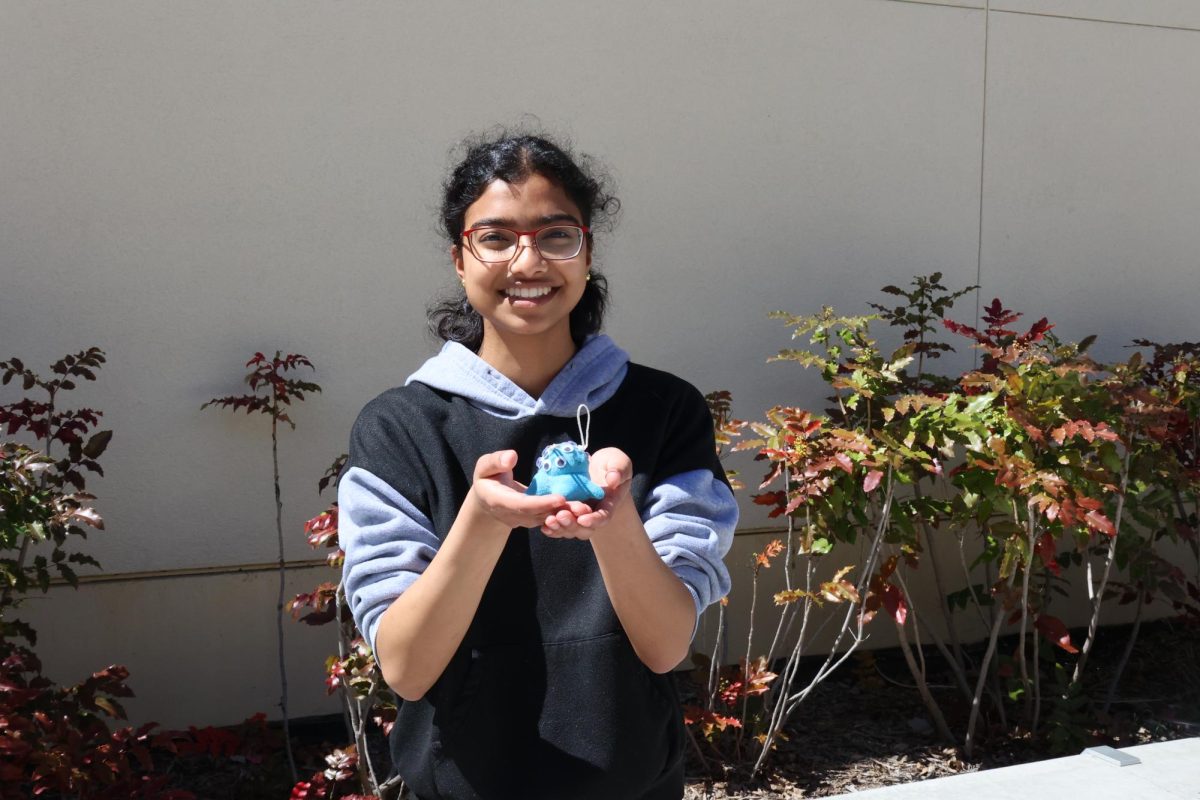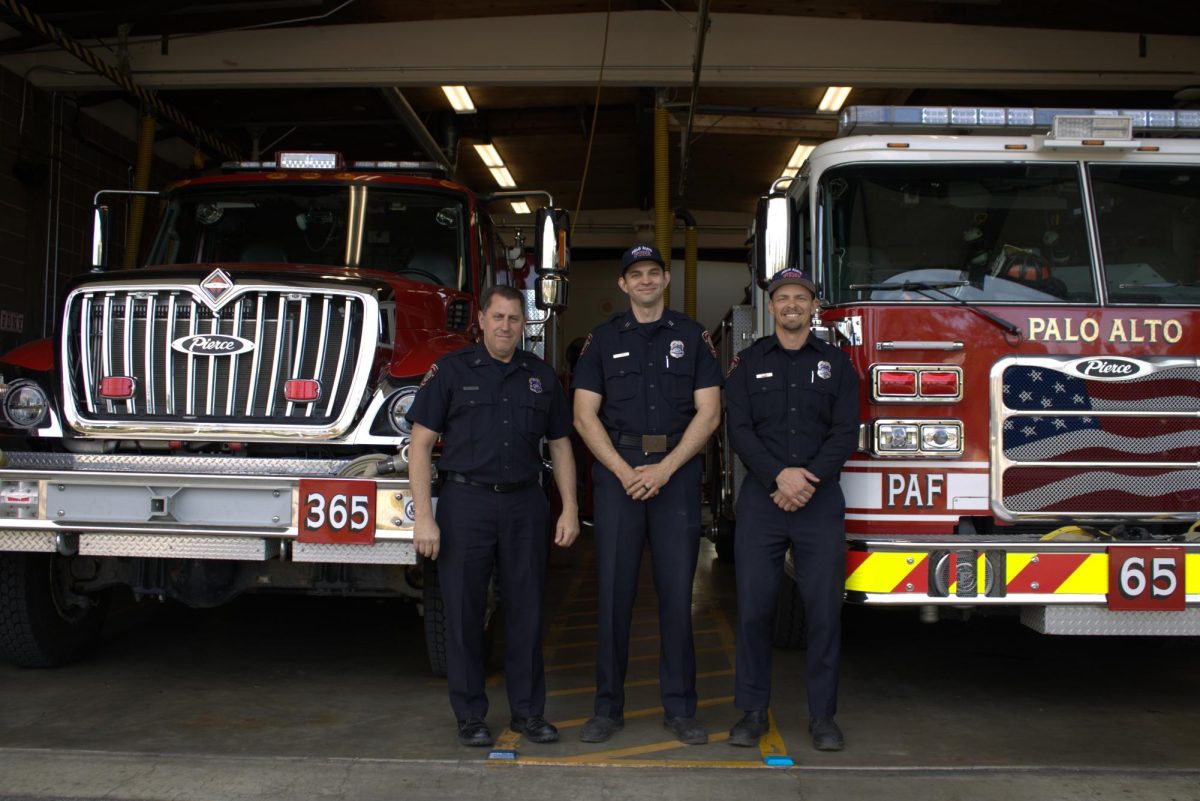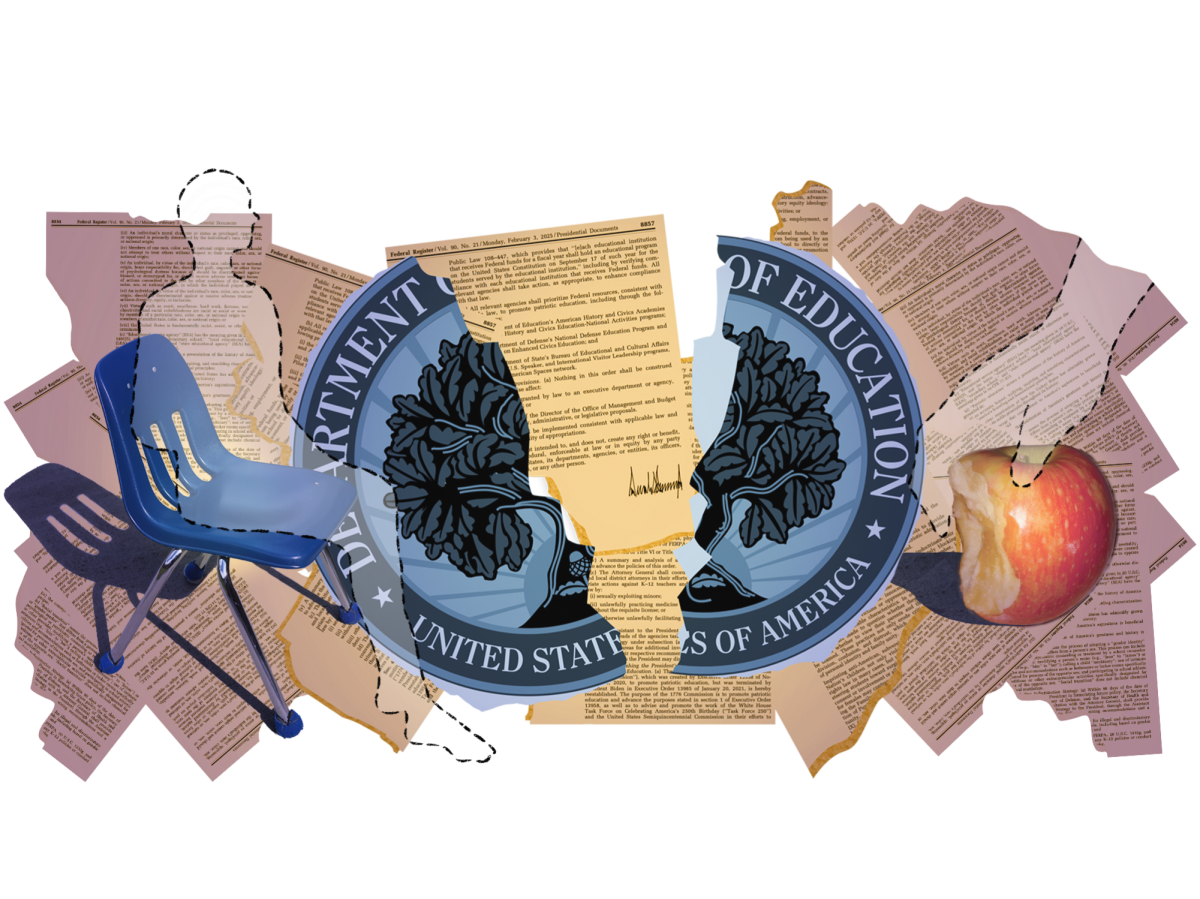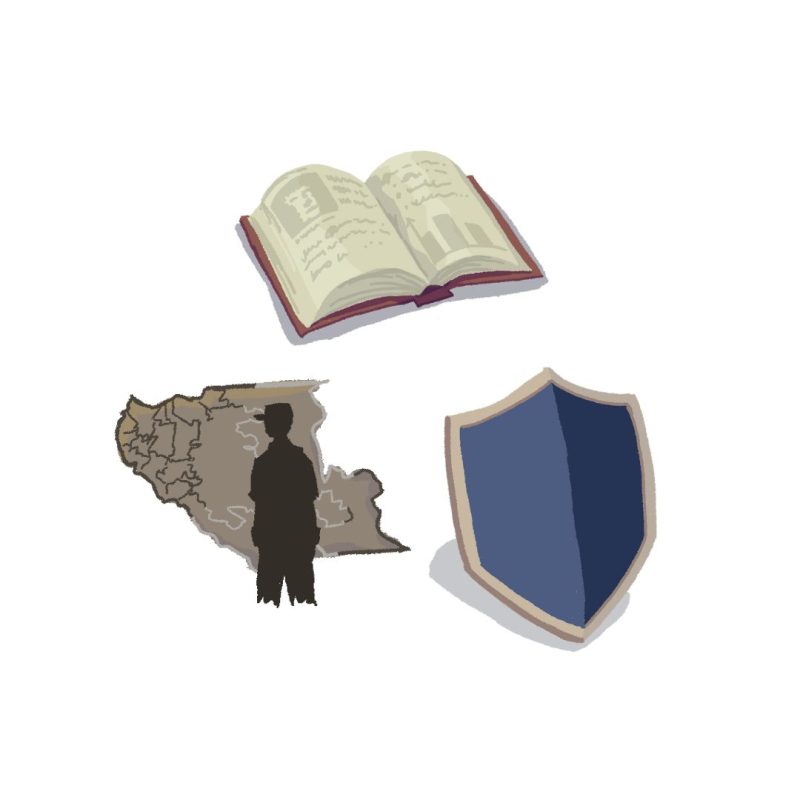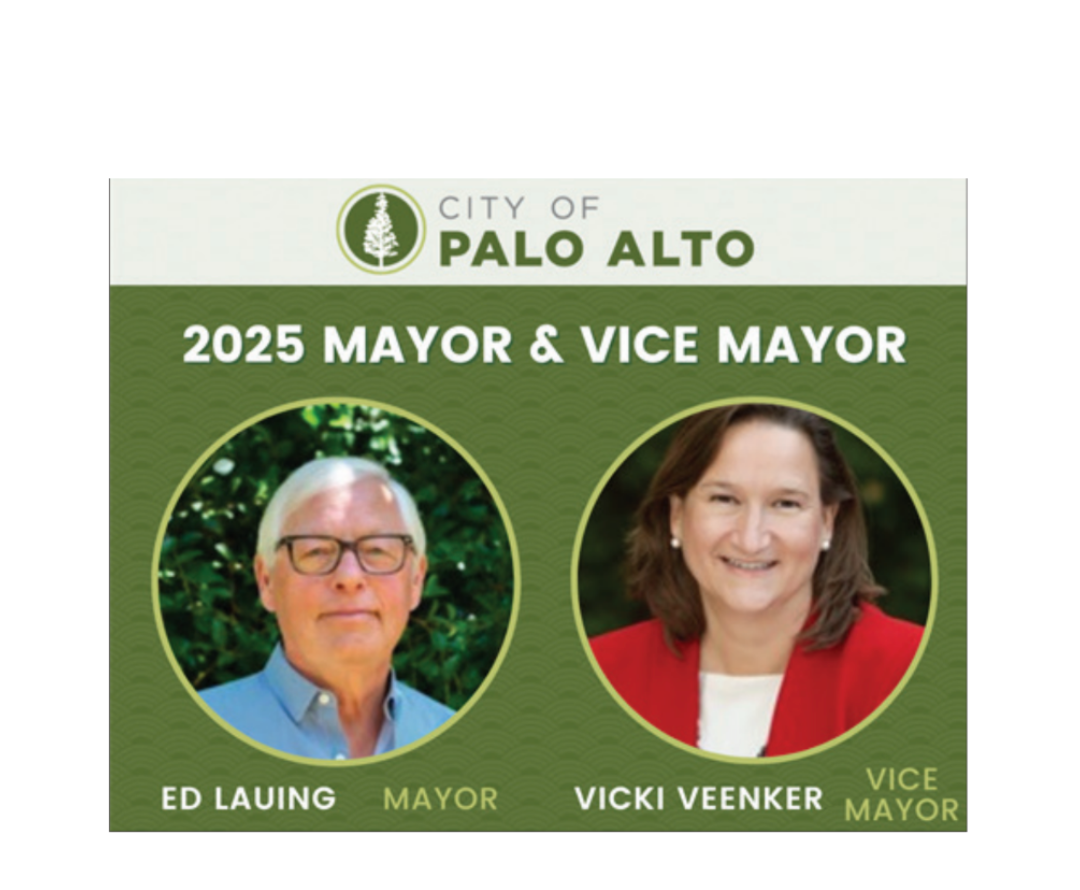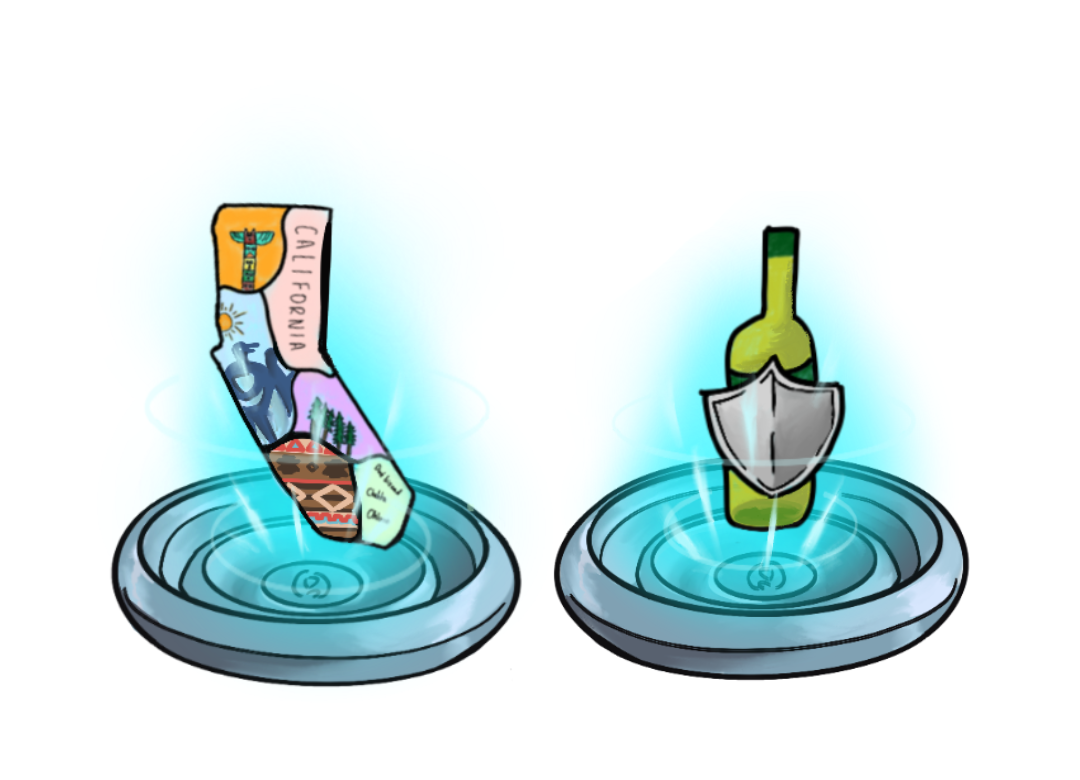Written by Deiana Hristov
On Monday, October 10, Gunn will host the 19th annual Palo Alto College fair from 6 to8:30 p.m. Representatives and alumni from over 120 independent California colleges as well as public and private out-of-state colleges will be there to give students information about college life and the admissions process.
According to College and Career Coordinator Leighton Lang, college fairs started out as a way for students to explore college choices. “The original purpose of the college fair was to give students the opportunity to get an experience and see multiple colleges, especially for someone who can’t really get out and travel,” Lang said. According to co-chair Amy Ogawa, the college fair showcases colleges that are private or out-of-state public schools. “The invitations go to all of them on Naviance, and we also have a running list of all the attendees from previous years, so we invite all of the colleges that have come to the college fair before in addition to a list of targeted schools that we think are good fits for our students,” she said.
At the fair, the different colleges are lined up in alphabetical order in a way that allows both large and small colleges to get exposure. “We do try to set it up to make sure that those schools that are smaller are not sitting in a corner by themselves,” Lang said. “We know there are some larger schools that tend to get a whole lot of traffic, and what we do is, usually the schools are in alphabetical order, we will move the schools that tend to get a little more traffic like Stanford or USC in an area just a little out of their order, so it’s between a smaller school and another smaller school so it will generate some overflow traffic.”
The Palo Alto college fair is hosted every year in Palo Alto and every other year at Gunn. “It has grown quite a bit. The first year I got involved was 2012, we had about 120 colleges, and now we will have over 140 colleges ,” co-chair Nelly Leong said. In addition, the college fair has grown to include international schools. “This year, some international schools approached us wanting to be part of the college fair, so we are attracting international schools as well, those we didn’t go out and try to actually invite but it’s just through word of mouth,” Leong said.
For students, college fairs are a way to get information about a college on a more personal basis. “College fairs are definitely valuable to students in the information age — meeting with real actual people to learn about colleges is way more helpful than a website, and it actually gives you a perspective as to what that college is like,” junior Advait Arun said.
Over the years, certain differences have emerged in the college fair culture. “Earlier it would be mostly seniors and juniors, but now it’s getting a little bit younger,” Lang said. “We’re getting some 10th graders that start exploring about these schools a little bit earlier. Sometimes it can be too early for some if they’re thinking ‘that is my school’ instead of going to the fair and looking at a broad umbrella of what the fair is about.” According to Lang, most seniors already have a college in mind when they visit the fair. Ogawa agrees. “[Seniors] are going to go and try and see one more time the college reps that they can and make one more point of contact, and also to see if there are any other last minute colleges that they hadn’t thought of that they still would be interested in,” she said.
For Arun, going to a college fair as a junior gives him a head start when considering colleges. “The biggest advantage of being a junior and going to the fair is time — I have a bit less than a year left before I start the application process, and doing research on as many colleges as possible before that never hurt,” he said. “ Other advantages include getting good advice from their representatives on campus and learning about each college’s opportunities way before I need to consider the college in my application.”
According Leong, going to a college fair at a younger age helps a student plan out their schedule for the rest of high school. “I think for sophomores, it’s beneficial because as they start to map out their 2.5 more years at Gunn, the courses they will take, knowing the colleges and the demographics and what majors those colleges are good for gives them an idea,” she said.
Another change is that schools are bringing more than just school representatives to the fair. “A lot of the reps are now becoming alumni reps, which can also be a good thing because some of those alumni reps are interviewing when students want to interview for schools,” Lang said.




